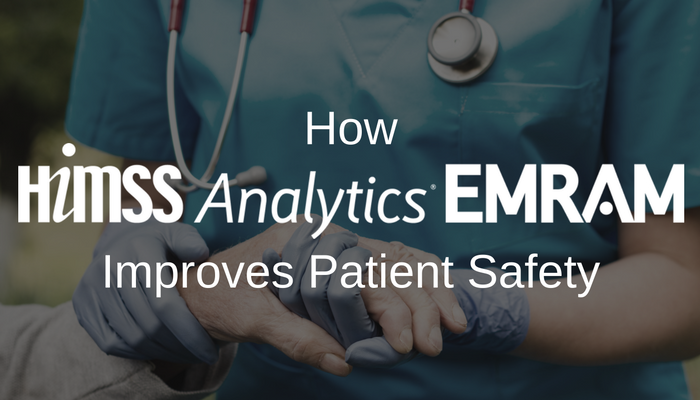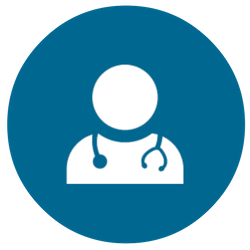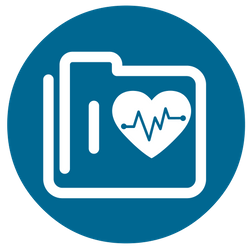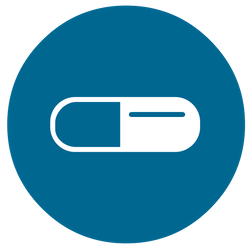Value of EMRAM Part 2: How EMRAM Improves Patient Safety

Patient safety is a serious global public health issue. World Health Organization estimates show that in developed countries as many as one in 10 patients is harmed while receiving hospital care. Electronic Medical Records (EMRs) can be used to improve patient safety by enhancing areas such as Clinical Decision Support, Order Entry, and Medication Administration.
The HIMSS Analytics EMR Adoption Model (EMRAM) measures the adoption and utilization of EMR functions required to achieve a near paperless environment that harnesses technology to support optimized patient care.
Following the guiding principles of EMRAM helps providers protect patients from preventable harm and improve the quality and efficiency of healthcare services.

Physician Order Entry
Physician Order Entry stands to greatly benefit from EMRs. No more scribble pads for prescriptions mean more legible orders can be filled accurately every time. Workflow facilitates pharmacy review and validation of order sets. Clinical warnings help providers avoid allergy conflicts to improve patient safety dramatically. The EMRAM validation process is used to evaluate clinician use of ordering capabilities within the EMR.

Clinical Decision Support Systems (CDSS)
Clinical Decision Support Systems (CDSS) provide real time alerts warning providers (or clinicians taking orders from providers) of unfavorable outcomes. This functionality prevents orders that can cause allergic reaction or negative drug interactions. CDSS can also recommend evidence based protocol which reduces the risk of misdiagnoses and has vastly improved immunization rates since its inception.
During an EMRAM validation, susceptibility for alert fatigue is evaluated and addressed to ensure that technology teams have carefully integrated clinician input to determine which alerts to activate in their system in order to avoid user complacency in addressing the electronic pop up messages.

Medication Administration
Medication Administration advancements - including medication reconciliation and barcoding - are effective strategies for preventing adverse drug events through technology. This remains a top patient safety priority in hospitals and across the continuum of care. Both medical reconciliation and barcoding are required patient safety measures for organizations to mature and advance to the highest EMRAM stage.
Medication reconciliation is the process of creating the most accurate list possible of all medications a patient is taking — including drug name, dosage, frequency, and route — and comparing that list against the physician’s admission, transfer, and/or discharge orders, with the goal of providing correct medications to the patient at all transition points within the hospital. Medication reconciliation becomes dramatically easier when the list follows the patient in their EMR.
Barcoding medications so that they may be validated in the pharmacy and at the point of administration is a patient safety “must-have”. Barcoding facilitates pharmacy tracking of compound medications as well as alerts in the absence of the five rights of medication administration.
The EMRAM was built and vetted by healthcare experts around the world and provides a clear framework to improve patient safety and allow for better healthcare outcomes.
This post is part of a multipart series on the value of EMRAM. To learn How ERMAM Impacts Quality of Healthcare, read Part 1 here. Continue to follow HIMSS Analytics for more on this topic.
